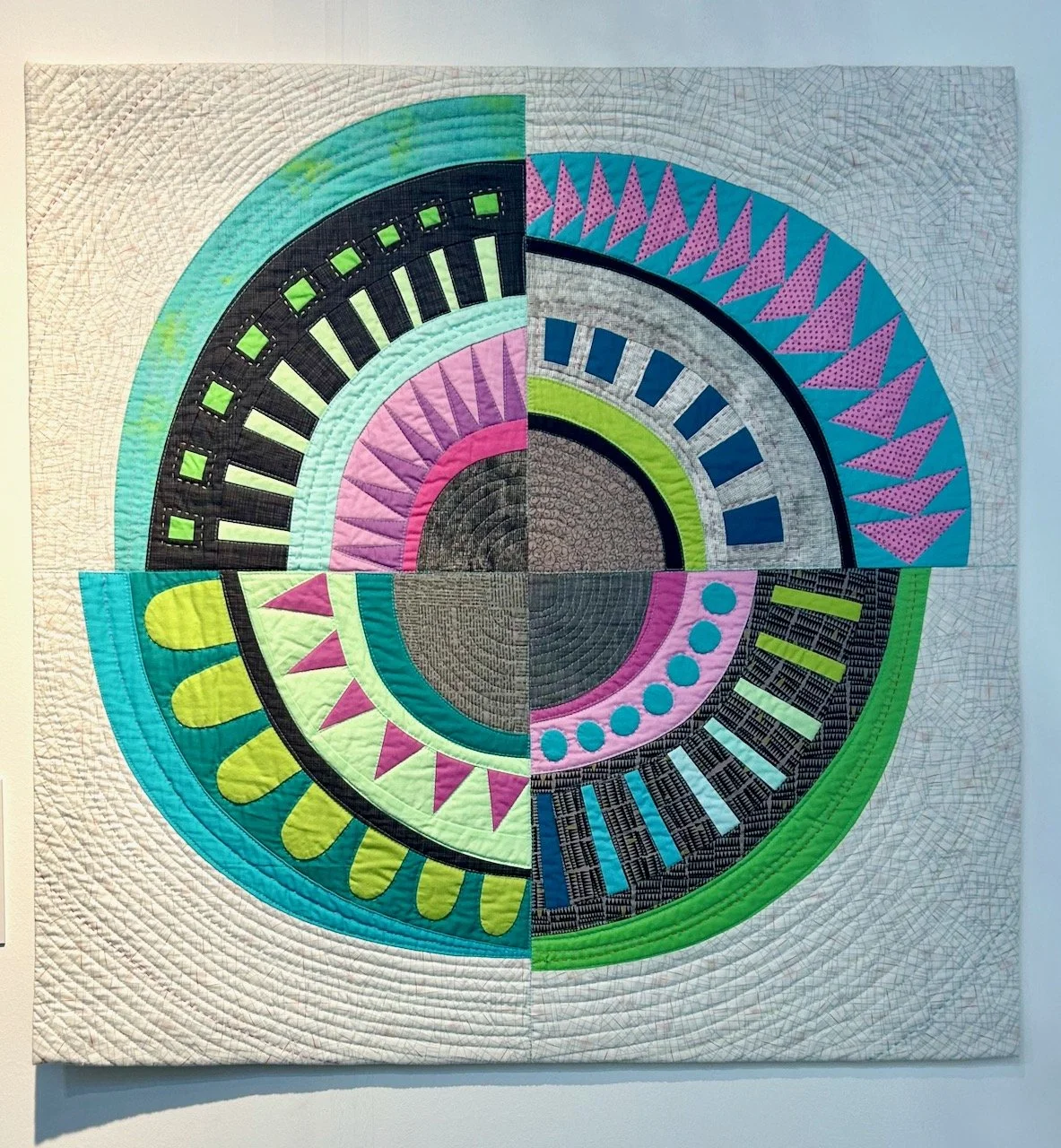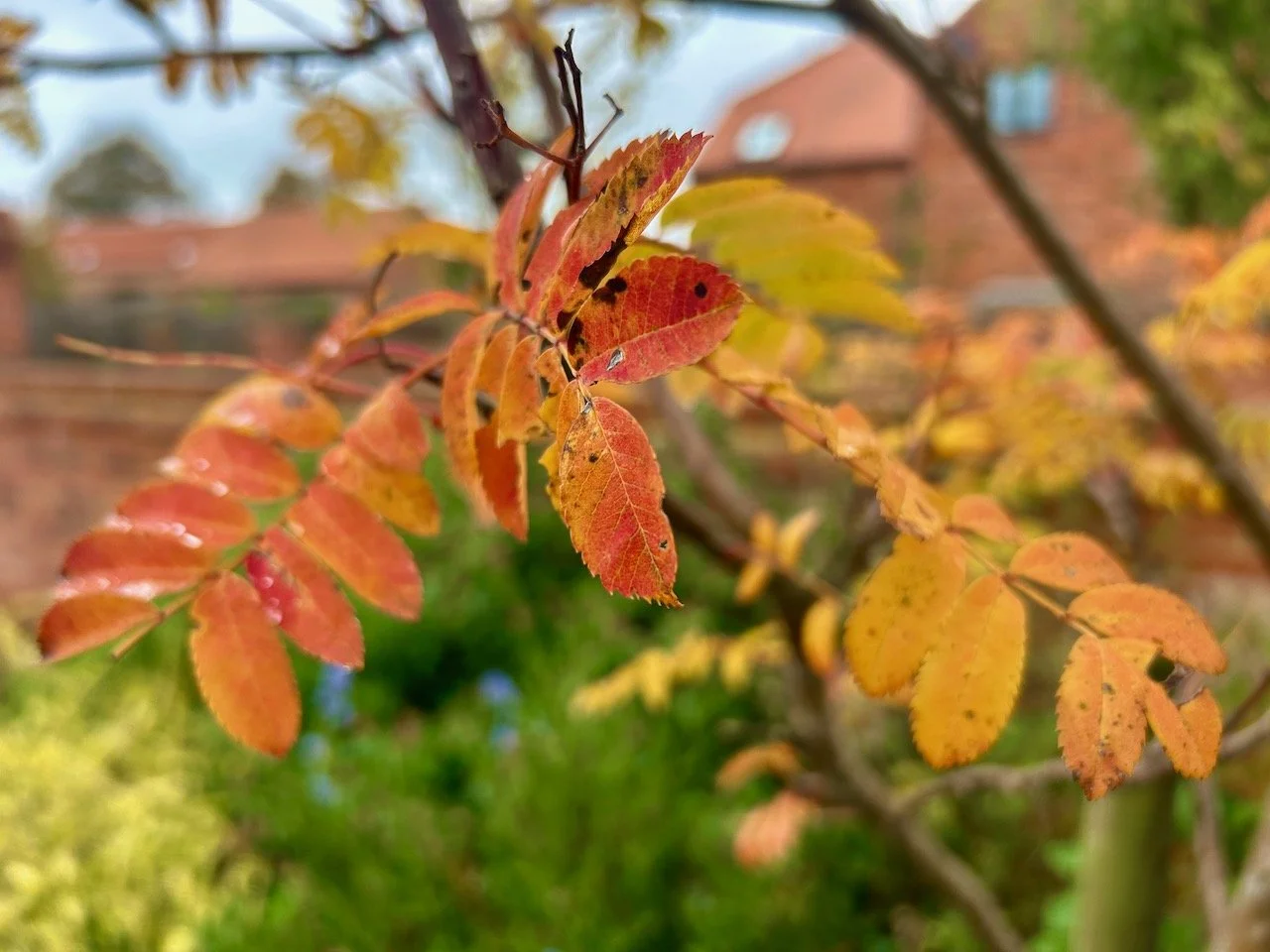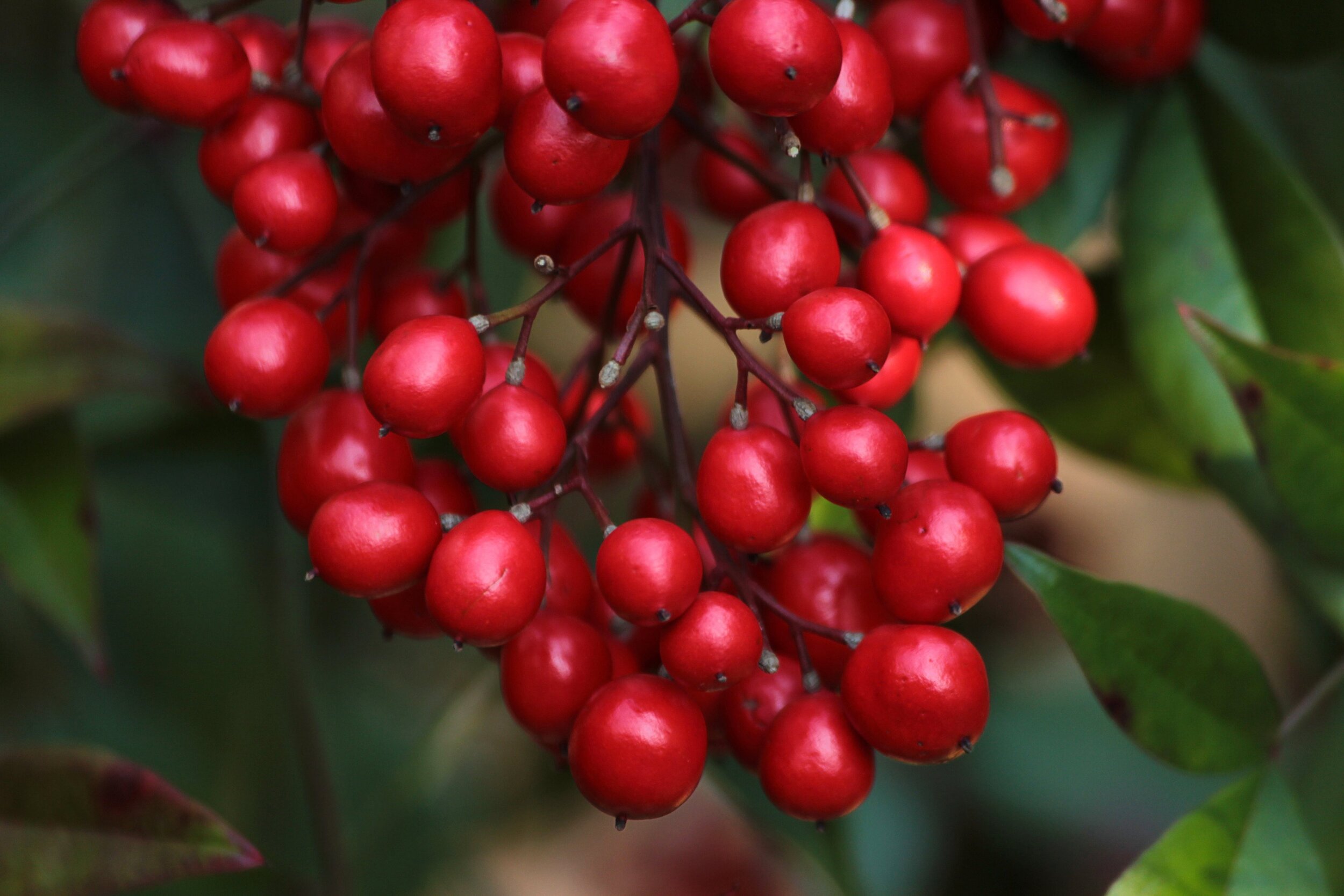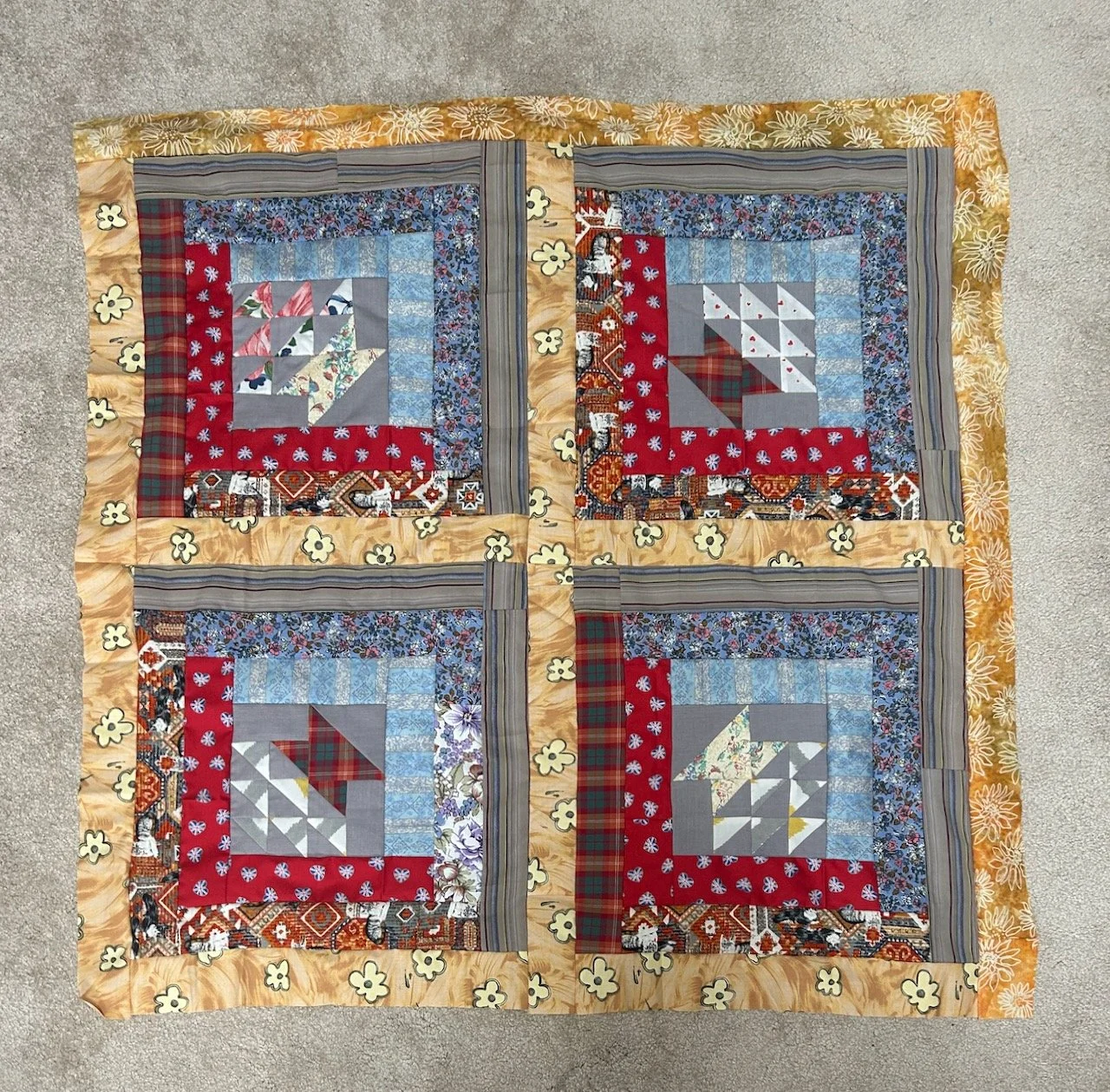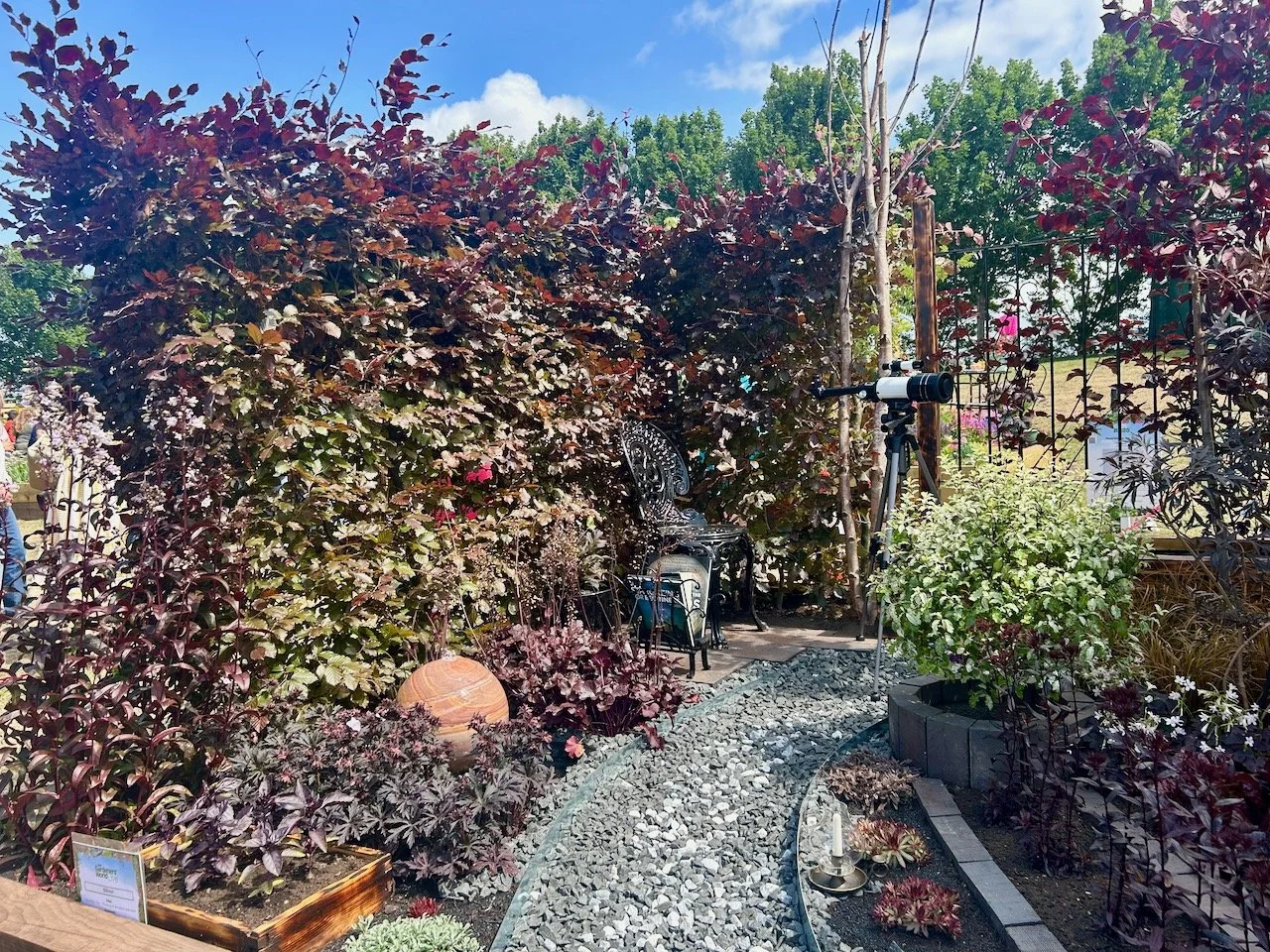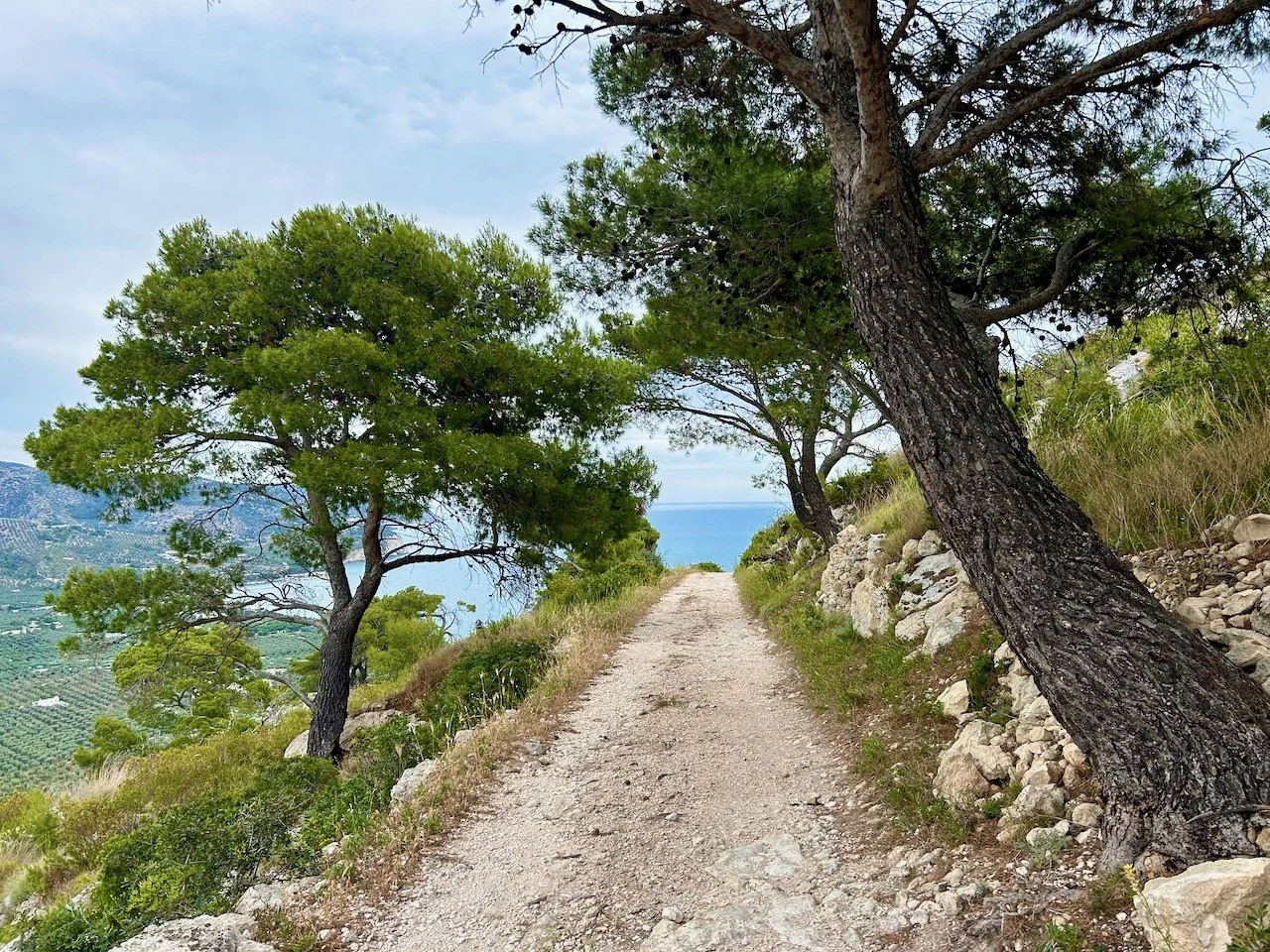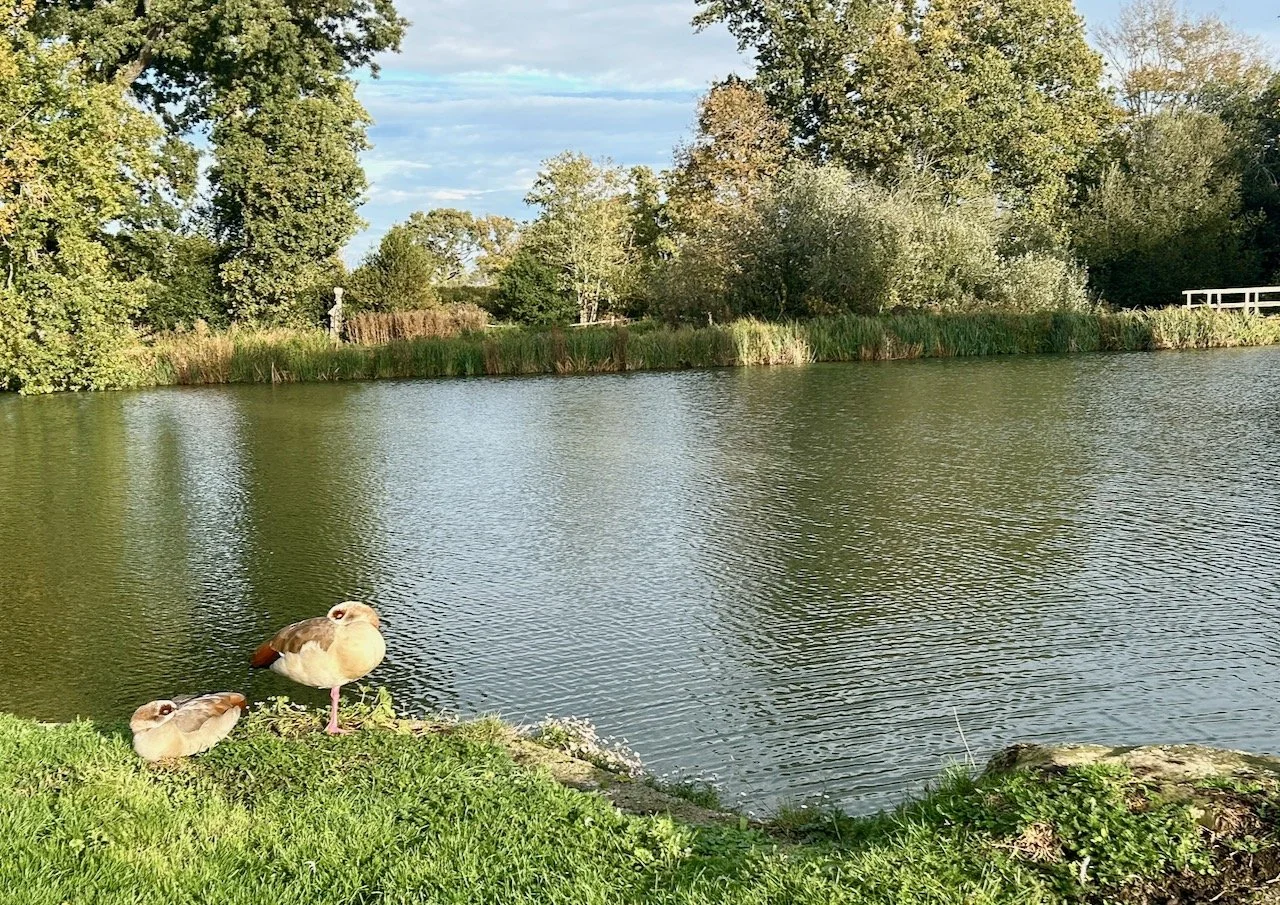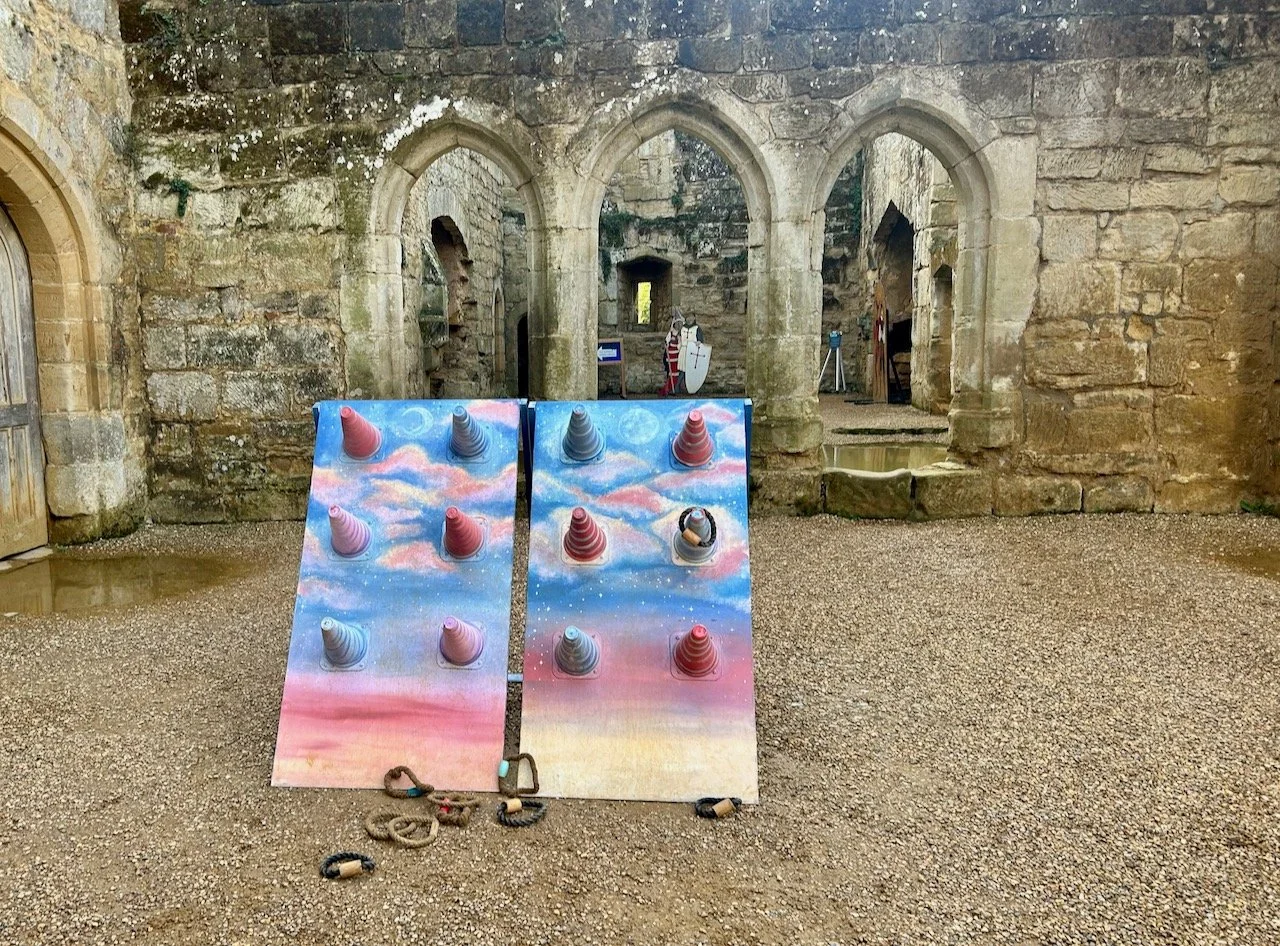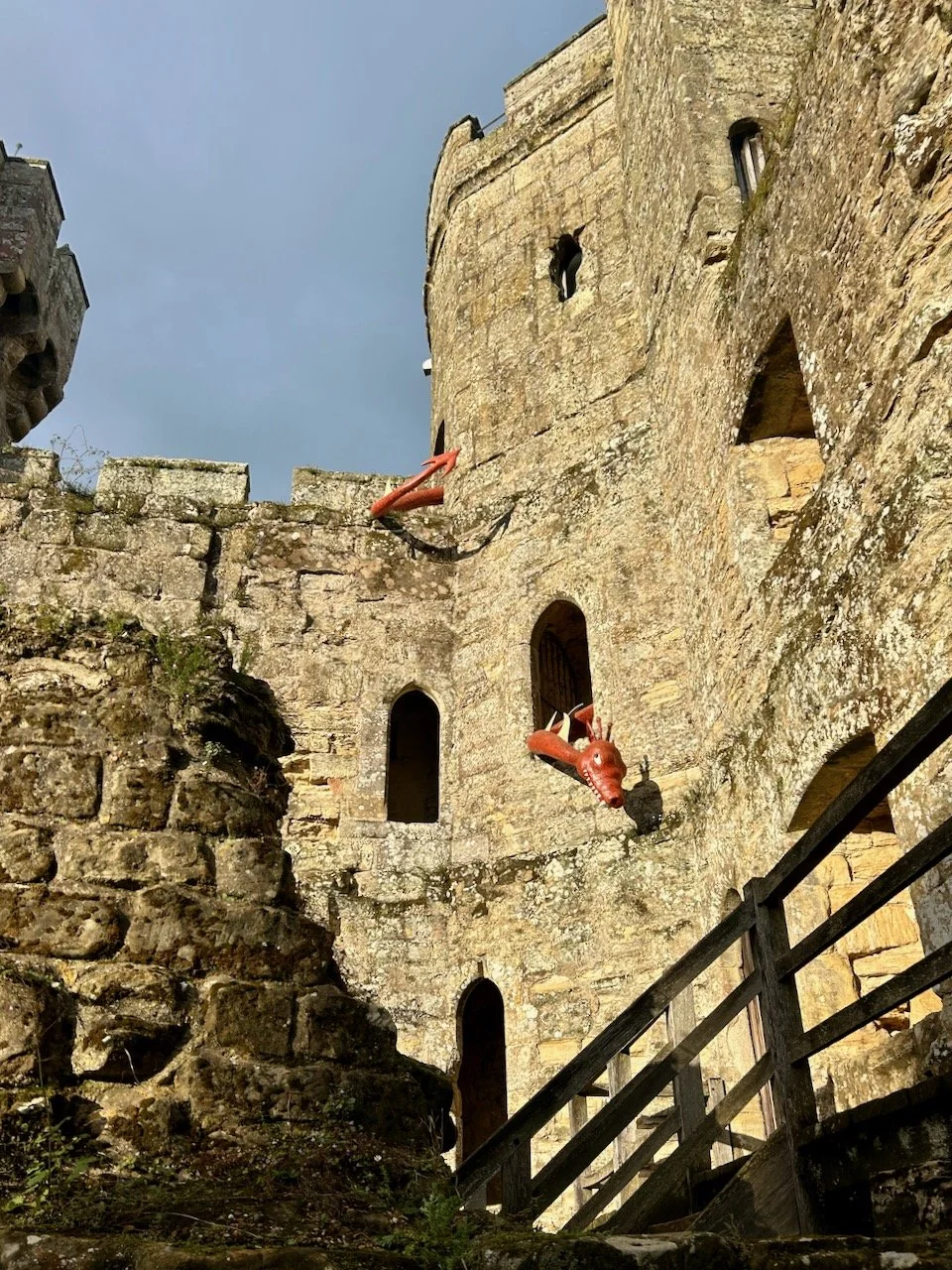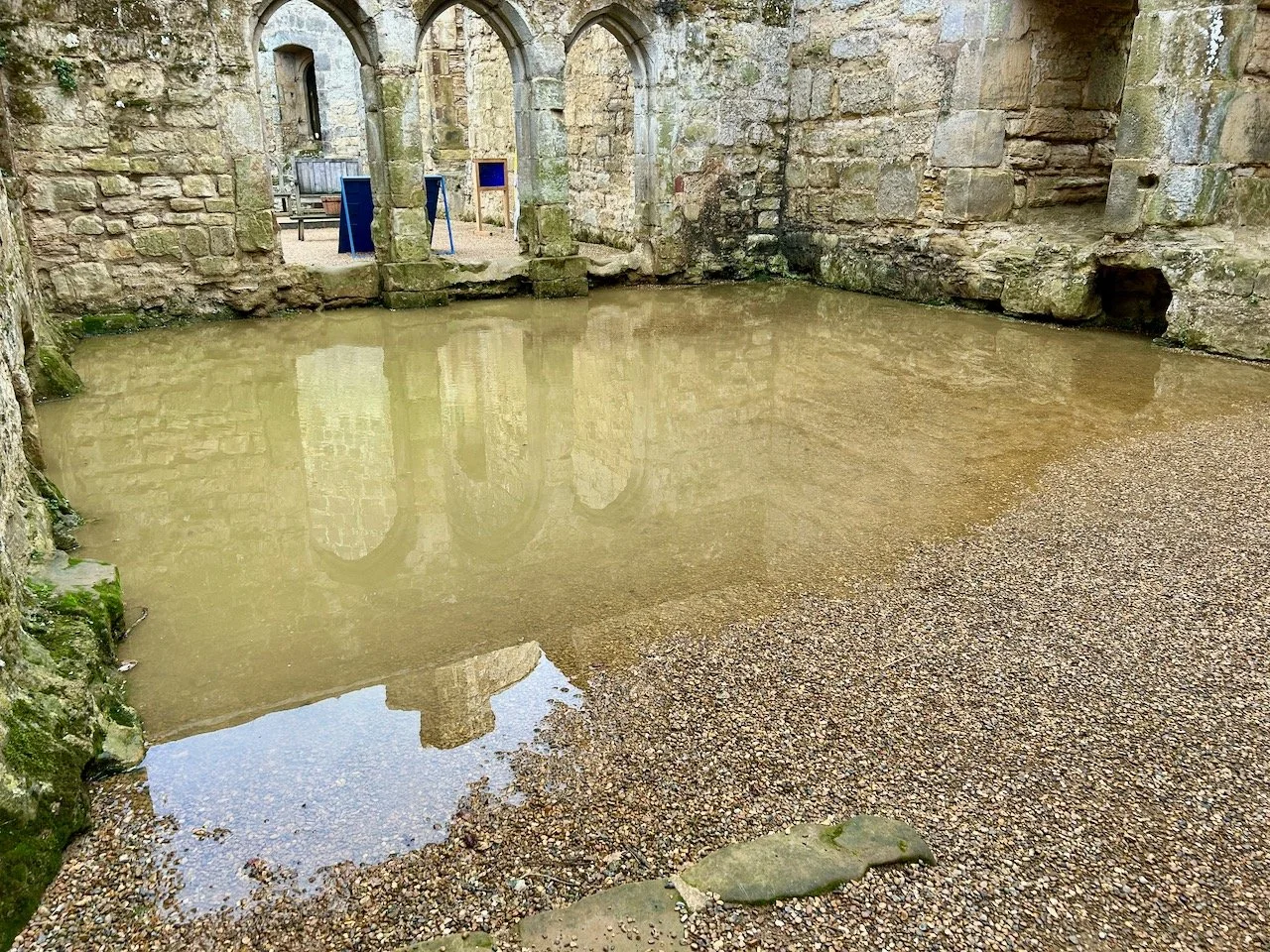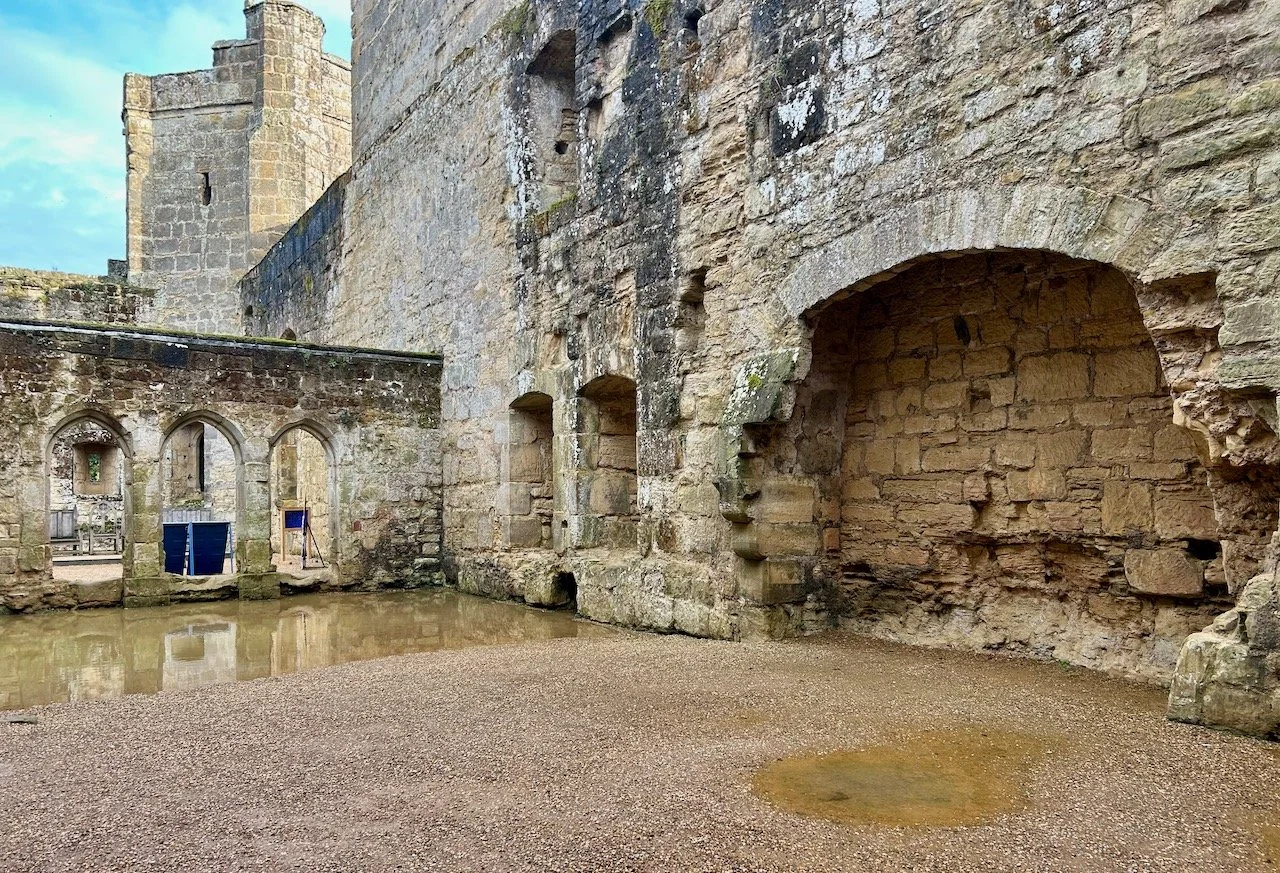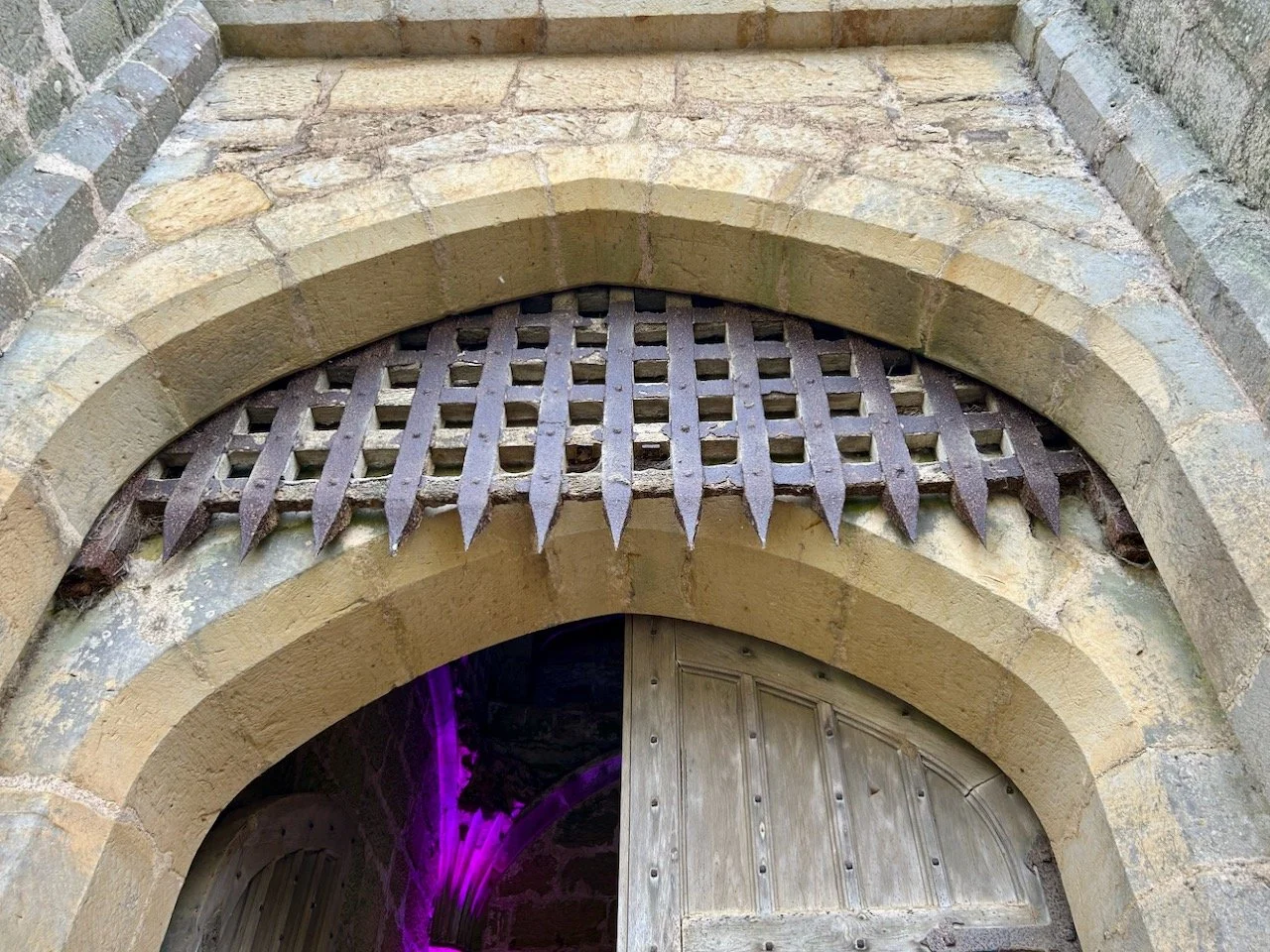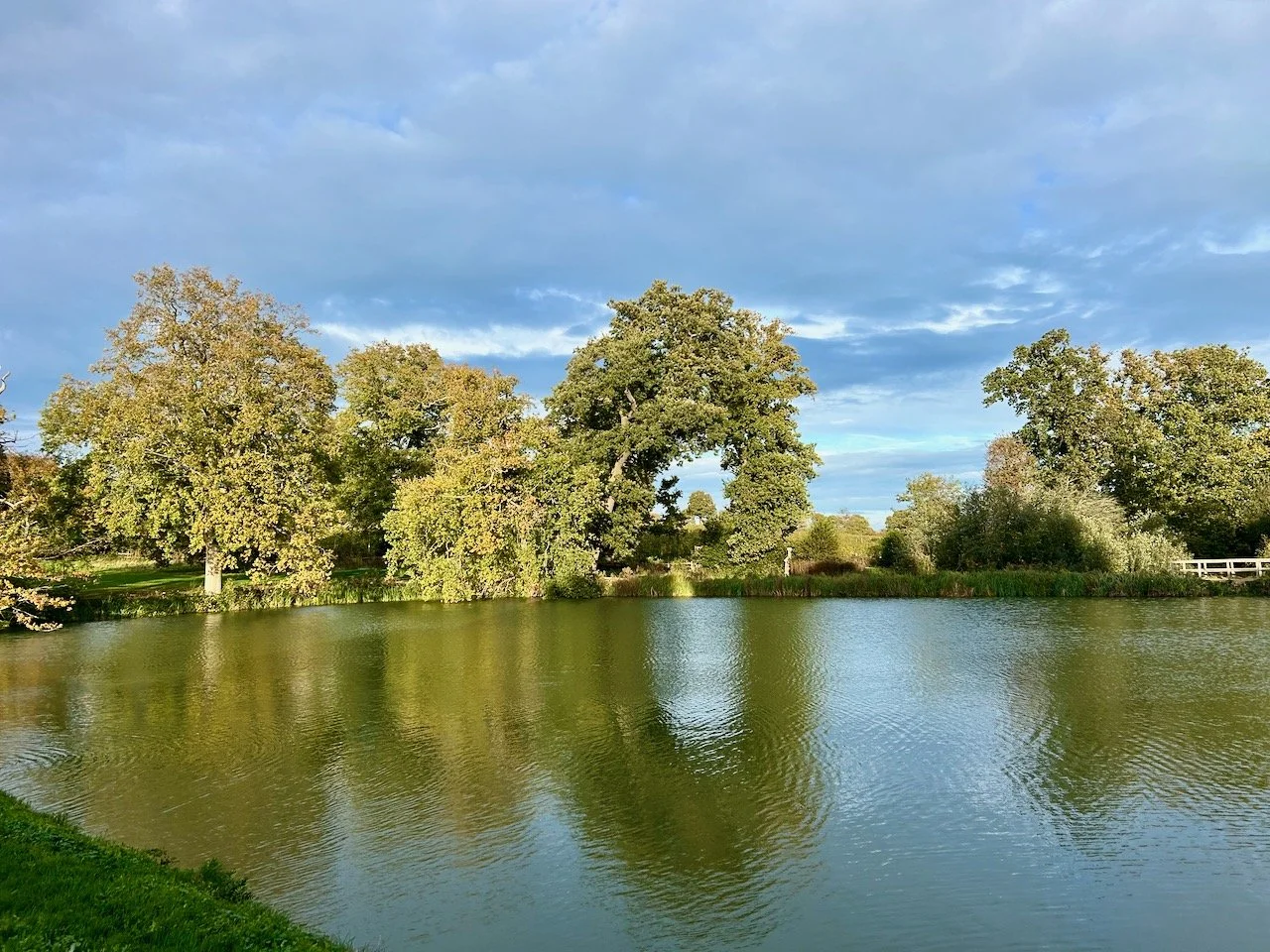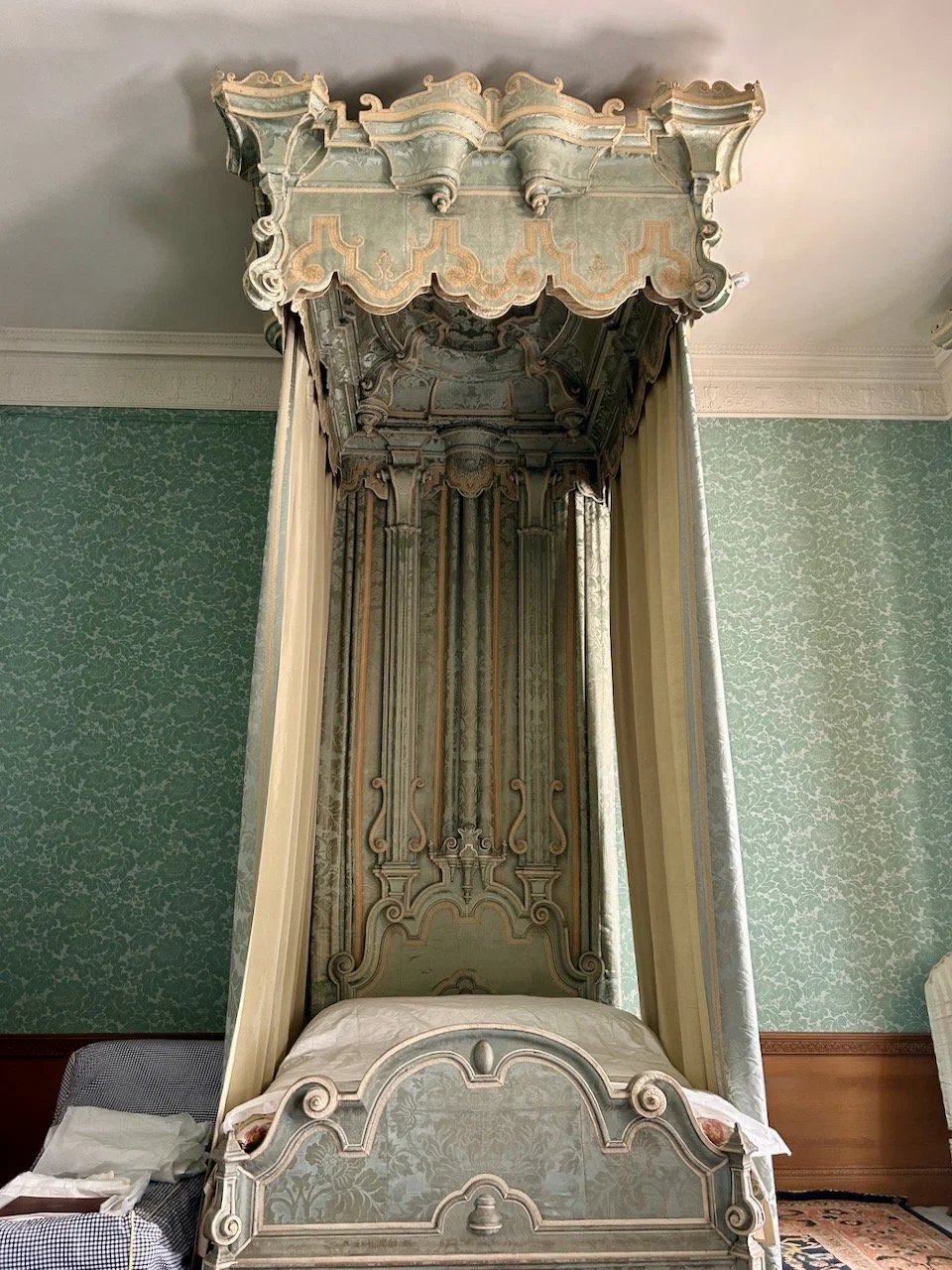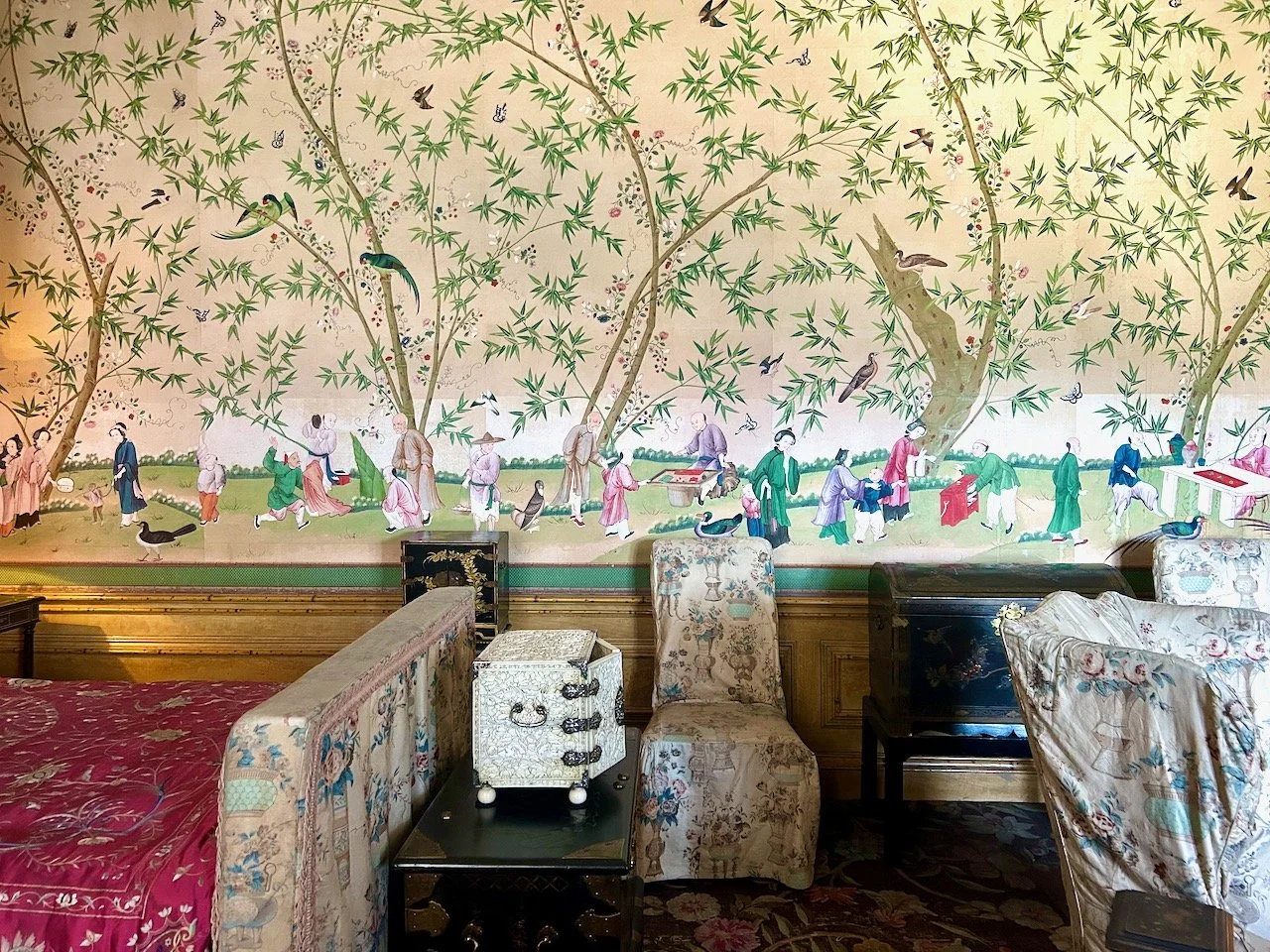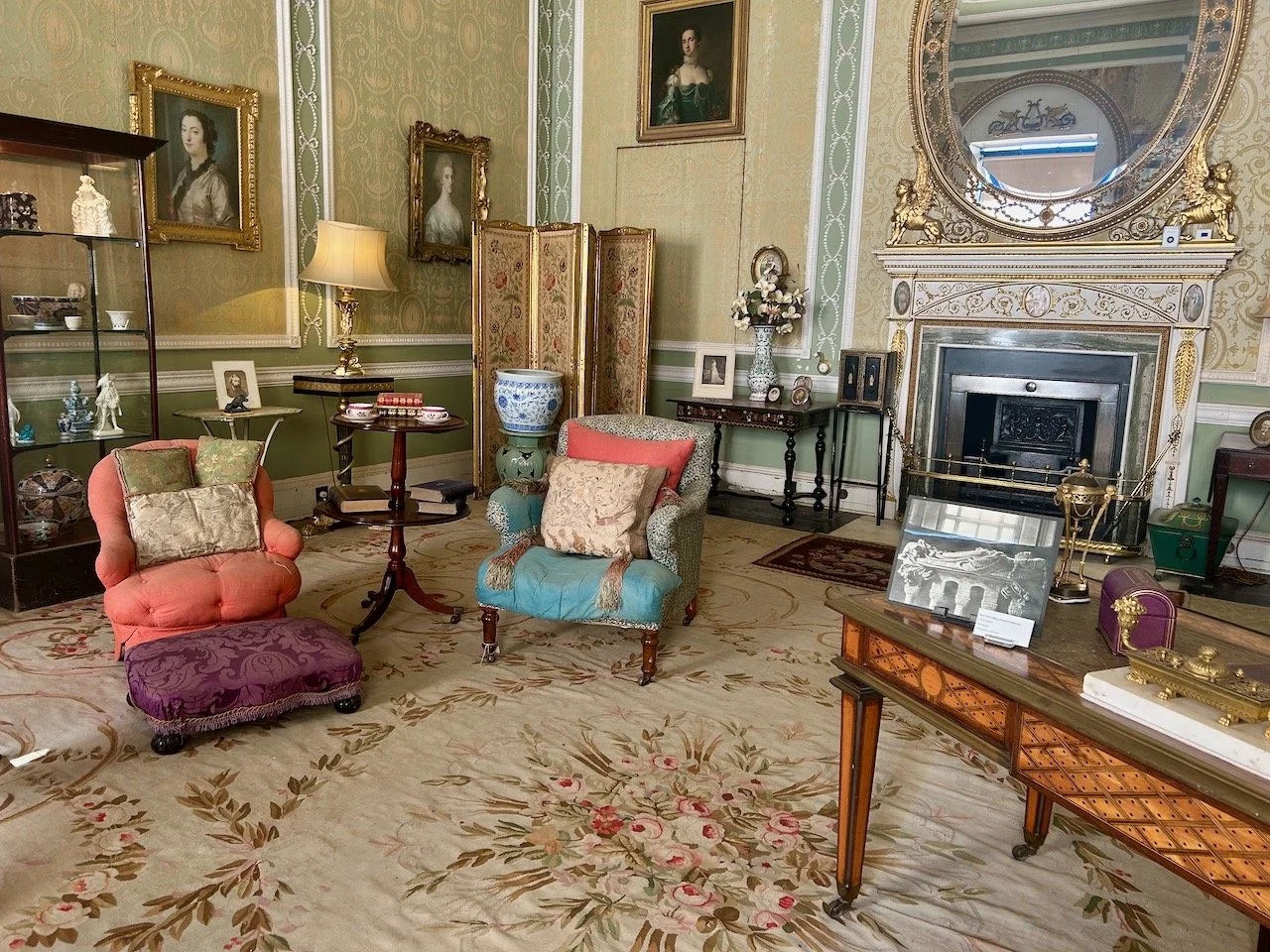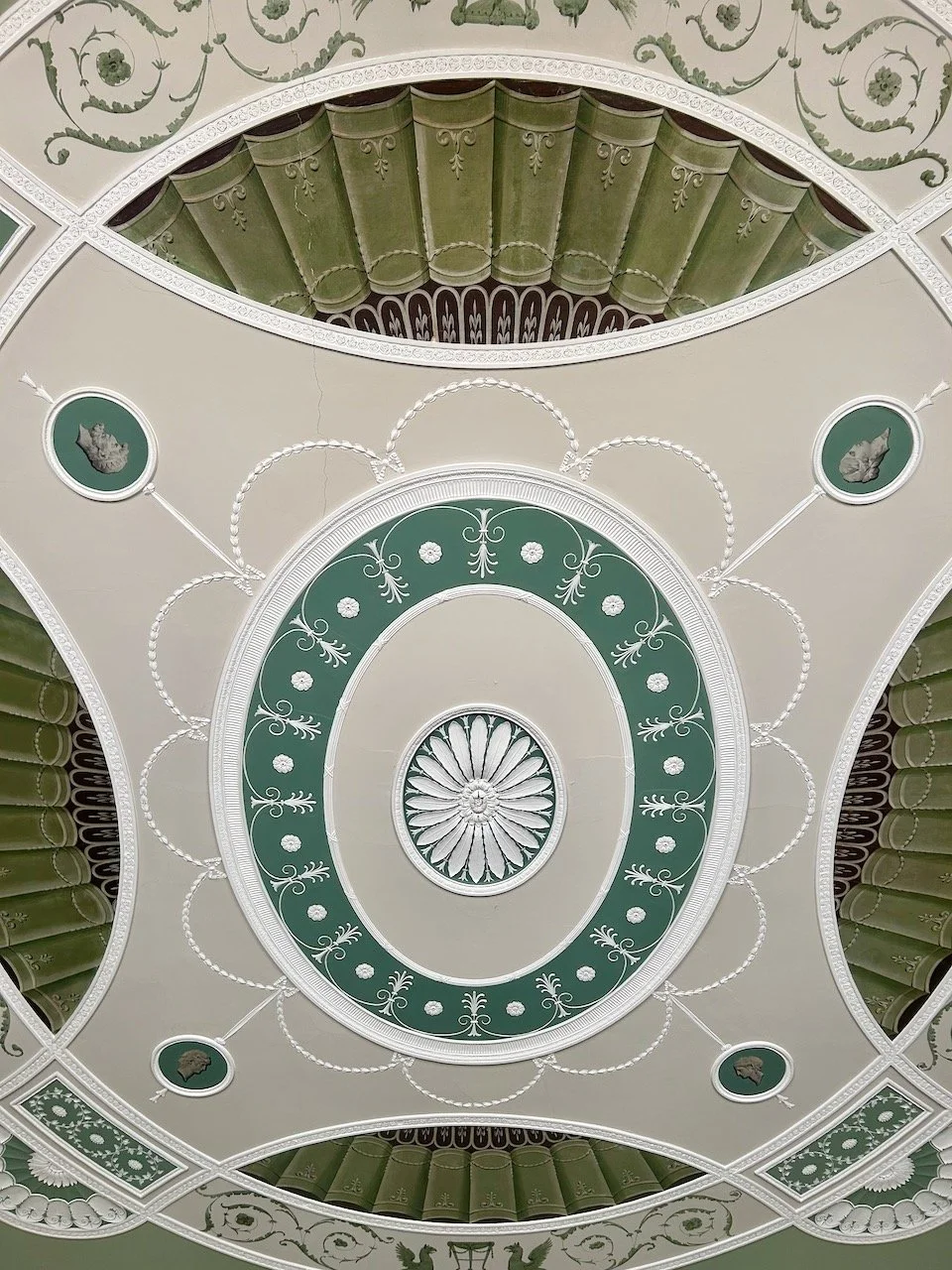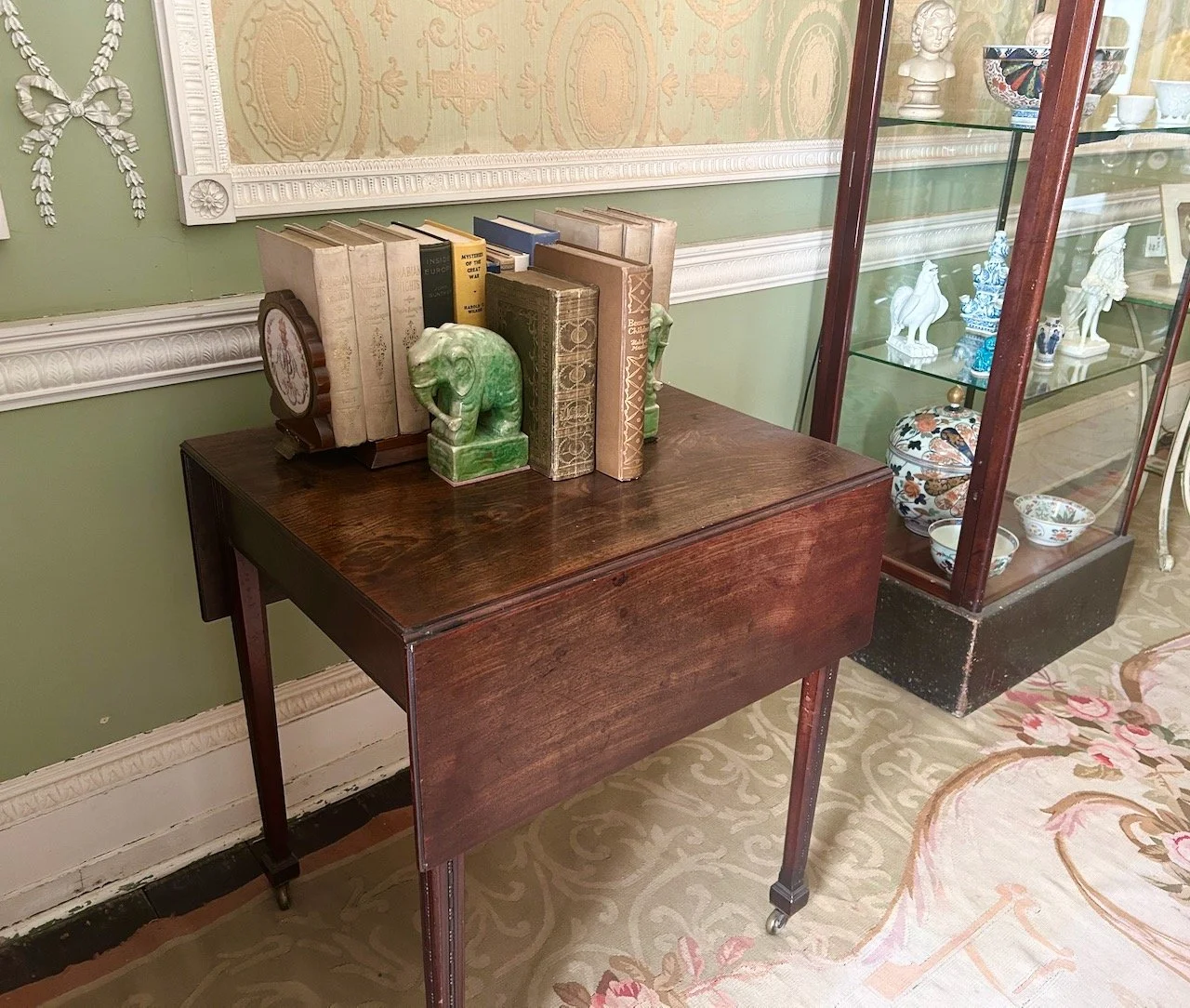We’ve recently had a few days away with MOH’s family in East Sussex, staying in an AirBnB which looked out over Bodiam Castle. We spent more time indoors that first day than we planned, thanks to Storm Benjamin but as the day went on, and I think the rain finally ran out, we headed to the nearby castle built in 1385 by Sir Edward Dallingridge and his wife Elizabeth.
And it is the fairytale castle with a moat which was once part of a working estate with farmland, wharf and watermill. The site was ‘waterscaped’ by Sir Edward who built this castle with Elizabeth when they married. The purpose of the castle has been debated by historians and it’s believed to have been built as a defence, a status symbol and a home.
The castle had had a bit of a makeover for Halloween, and for the half term. The dragon was a great touch, because every castle needs a dragon, right?
The big kids amongst us also couldn’t resist a quick game of quoits, which was way harder than it looks. That quick game became a battle of wills, as we couldn’t leave until we’d scored at least one - and here’s evidence of the one I scored. I’ll just say that I was the only one to manage this…
No wonder the dragon was looking over us - there were also dragon eggs hatching in the courtyard!
Bodiam also plays host to one of the most important bat roosts in the UK - they’re everywhere once you start noticing them - with three types of bats roosting here: Natterer, Daubenton and the tiny Pipstrelle which we see in our garden at twilight.
As I said it had rained a fair bit, and the lower half of the kitchen was wetter than I suspect it would have been in its day - and I bet cook would not have been amused.
But I bet that large fireplace (one of two in the kitchen) would have been a roaring every day. There’s actually 33 fireplaces built into the walls at Bodiam Castle, and most of them are on the side where the Lord and Lady slept, and not on the servant’s side.
The original portcullis here is made of oak and is one of the oldest in the country, and walking underneath it really does make you wonder about its history, and what it would say if it could.
I took the photo below just above we left the castle, walking under the portcullis and it struck me that they couldn’t be more different, but were just metres apart.
Pausing as we wandered back across the moat my eye was caught by the trees arching to frame a smaller oak tree in the distance. It as a good reminder of just how wonderful nature is and how calming it can be, and how quickly that calm can be restored after a storm.




